Wil gets a first ride review on the brand new Shimano Deore XT M8100 groupset
Last year Shimano unveiled its first 12-speed mountain bike groupset; also known as XTR M9100. With two new brake systems, the choice of 1×11, 1×12 and 2×12 drivetrain options, a huge 10-51t cassette, and the introduction of the Micro Spline freehub body standard, the new groupset packed a few hefty punches in Shimano’s ongoing battle with SRAM in the mountain bike drivetrain market.
Fast-forward 12 months, and despite a bumpy road with delivering XTR to market, Shimano says it’s ready to trickle down those XTR-pioneered technologies not just to the XT level, but also to SLX too.
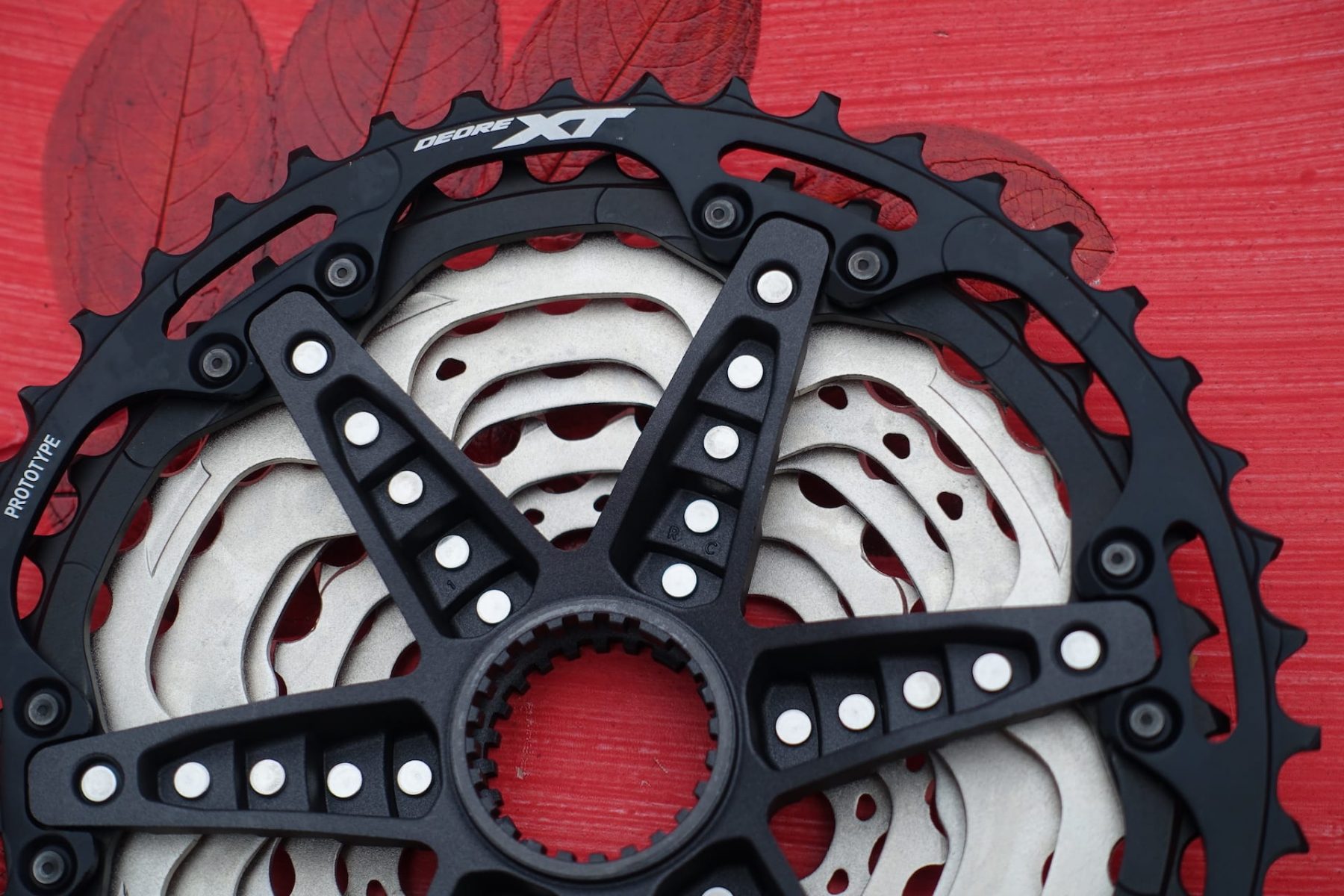
To summarise, there will be 1×12 and 2×12 drivetrain options, 10-45t & 10-51t cassettes, a new crankset with direct-mount chainrings, and both Race and Enduro brake options.
For all of the specs, prices, and weights of the two groupsets though, make sure you check out the full tech feature here.
XTR Inspired Performance, Workhorse Approach
Whereas XTR is 100% focussed on racing, Shimano’s XT components take a more workhorse approach. With a few changes to materials and construction techniques, Shimano has been able to whittle down manufacturing costs, bringing an XT 1×12 drivetrain to basically half the cost of XTR.
With less exotic materials, there’s of course more weight. According to Shimano, an XT groupset packs an extra 365g over XTR. Most of this weight difference is attributed to the cranks and cassette.
Whereas XTR features a one-piece alloy chainring and crank arms are made from two heavily-machined clamshells that are then bonded together, XT uses a hybrid alloy/steel chainring and a single forged construction to create the hollow alloy crank arms. This adds over 100g to the XT crankset (620g vs 511g for 175mm crank arms w/32t chainring).
Likewise, there’s over a 100g weight difference in the XT cassette. Skipping the titanium sprockets of XTR (and only using alloy for the two largest sprockets) it comes in at a claimed 460g for the 10-51t ratio compared to 367g for XTR. As a consequence, the XT cassette is likely to be more durable in the long run though – an important attribute for those of us who aren’t sponsored pros.
Short & Sweet
As part of the XT & SLX launch, I was invited out to Girona in Spain to test out the new groupsets on some fabulous trails that criss-cross the Montseny mountain range.
We had three days of riding in total, with Shimano cobbling together an array of different test bikes for us journos from Orbea, Cube and Scott.
I rode an Orbea Rallon on the first day, which was outfitted with a 1×12 drivetrain and the 4-piston Enduro brakes. I then jumped on an Oiz full suspension XC bike on the third day to test out the same drivetrain setup, but with the 2-piston Race brakes.
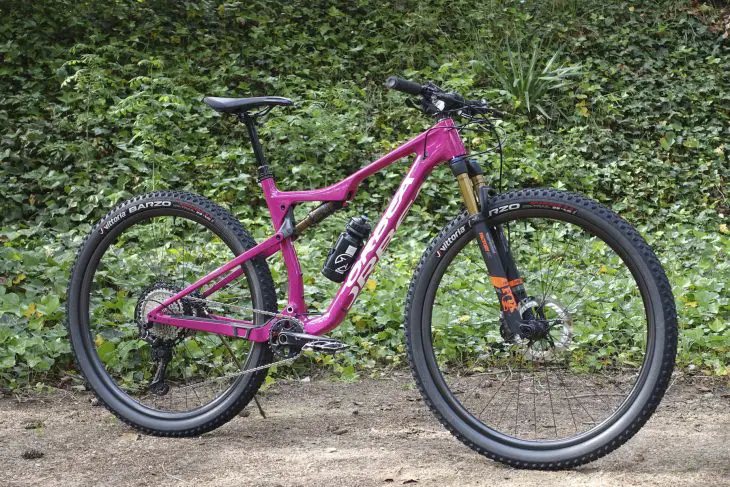
Of note is that there were no functional 2x drivetrains on any of the test bikes, so sadly I was unable to satisfy my curiosity around the new Mono Lever front shifter. I bet the front shifting is amazing too, even if the market for it is shrinking every week.
For me, riding the new groupsets couldn’t have come at a better time. I’d just come off the back of the Pivot Mach 4 SL launch, where I’d been using Shimano’s XTR M9100 1×12 drivetrain and 2-piston Race brakes. As such, I was in a good position to make a comparison with the new XT components.
Hyping Up Hyperglide+
Straight-up, there is very little difference in the shift quality between XT and XTR. Well, at least from what I could perceive anyway.
The Shimano Deore XT M8100 1×12 drivetrain is very slick indeed, and the Hyperglide+ technology in particular is properly impressive. This is tech that Shimano has worked into its new wide-range cassettes (starting with XTR M9100), and it’s all about letting the chain glide up and down the cassette as rapidly as possible, whether you’re on or off the gas.
To test this, I tried to shift as badly as I possibly could. Full power, out-of-the-saddle mashing, dumping gears in both directions without letting any pressure off the pedals – basically everything you’re taught not to do when you get your first bike with gears. Despite my bullish shifting, the XT mech clicked up and down the cassette with minimal hesitation, laughing at my piss-poor efforts to defeat it.
Despite being abused under pressure, the cassette delivers shock-less shifting that is fast and crisp. Even when multi-downshifting, there is next to no lag, helping to maintain cadence. It really is quite marvellous.
Lo-Fi Low-Range
Up front our test bikes were all fitted with 30t chainrings, which I initially thought was a bit low given the enormous 10-51t cassette. Within the first 10 minutes of the XC ride though, I was happy to have the low range, as we ground our way steep 25% singletrack climbs. You can go lower too, with Shimano offering XT chainrings down to 28t.
The chainring gets a narrow/wide tooth profile, which Shimano calls Dynamic Chain Engagement+ technology. This provides secure chain retention, and not one journo dropped a chain throughout the three days of riding.
The other part of the equation is the new 12-speed chain, which features extended and bevelled inner plates that are designed to increase contact with the chainring teeth. This creates a very snug and slop-free interface that also feels really smooth too.
Wider Q-Factor
With the new XT and SLX cranksets, Shimano will be offering up three different chainlines for different rear hub widths. There’s a 52mm chainline (non-Boost & Boost), 55mm (Boost), 56.5mm (Super Boost Plus).
The cranks also sit wider, which is to maximise clearance and compatibility with more frames – especially as modern trail bikes aim to fit wider and wider tyres. It does mean that the Q-Factors are broader though. Compared to the narrower 162mm & 168mm Q-Factor options of XTR, XT starts at 172mm and goes up to a very broad 181mm.
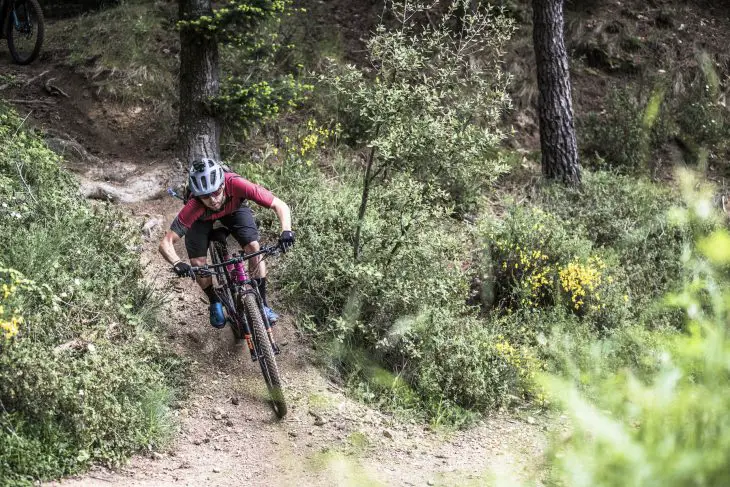
For slender riders with narrow hips, this may be something worth bearing in mind. But for bigger riders and those who prefer a wider stance on the bike though, the wider XT cranks will be ideal.
Chunky, Punchy Shifting
In the past Shimano’s trigger shifters were known for their smooth, effortless shifting feel, which was a direct hand-me-down quality from the world of Dura-Ace and Ultegra. That’s no longer the case though, with the latest XTR and XT shifters offering a much punchier and positive shift feel.
Compared to a SRAM Eagle shifter, the Shimano Deore XT M8100 trigger has a chunkier action – particularly on the smaller up-shift paddle. There’s a real audible quality to each shift, which comes in handy when you’re banging down shouty descents. I also really like the ability to up-shift two gears in one throw, something the XT shifter shares with XTR. You can also down-shift up to four gears in one throw, but my little thumbs could only ever get three.
Both paddles are textured, with the big paddle getting a rubber panel that feels wonderful on bare thumbs, and usefully grippy with gloves.
Our test bikes had the direct-mount I-SPEC EV bracket, which bolts the shifter directly to the brake lever clamp. A hidden 3mm hex bolt affords 14mm of lateral adjustment and 20° angular adjustment for getting the paddles in exactly the right spot.
Shimano Deore XT M8100 Brakes
While we’re up at the bars, it’s worth talking about the new master cylinder design for the XT M8100 brakes.
Like XTR, the XT lever puts the split bar clamp in the middle of the body, while the end is braces up neatly against the bar. Shimano says this design is friendly on carbon bars, though of course you’ll always want to use a torque wrench for the main clamping bolt. The split clamp still has that little safety pin, which you have to depress before the clamp flips open.
The new lever is used for both the XC (2-piston) and Enduro (4-piston) brakes. There’s a tool-free reach adjustment, the slightly useless Free Stroke adjuster, and a lovely alloy lever blade that is dimpled for your braking pleasure.
My Orbea Oiz was outfitted with the XT Race brakes, which actually use the same 2-piston callipers and pads as the previous M8000 brakes. With the new master cylinder though, the braking feel is a touch smoother. The bite point is still rock solid – that is unchanged over previous Shimano hydraulic disc brakes. But there’s a touch less of the on/off digital brake feel that the M8000 XT brakes had, with a little more modulation early on.
Quad-Piston Power
That said, I still preferred the 4-piston Enduro brakes. Despite having more power (Shimano says they’re 22% more powerful), the 4-piston callipers seem to deliver better control when the pads first contact the rotor. There’s a really nice usable zone of control that allows you to really feather the power while on steeper and skittish surfaces.
The only downside of the Enduro brakes is with the finned brake pads, which rattle about in the calliper. This is an issue I’ve experienced before with the XTR Enduro brakes, and it appears to be present at both the XT and SLX level too. From what I could deduce at the launch, it seemed specific to the finned pads. You can get the pads to sit tighter in there by physically opening up the spring, but it would be really nice for them not to rattle in the first place. Annoyance levels may vary, but if you’re bothered by such things, consider going for the non-finned pads.
Speaking of pads, the shape is the same as the XTR 4-piston brakes. Which is to say that they’re different to Zee/Saint brake pads.
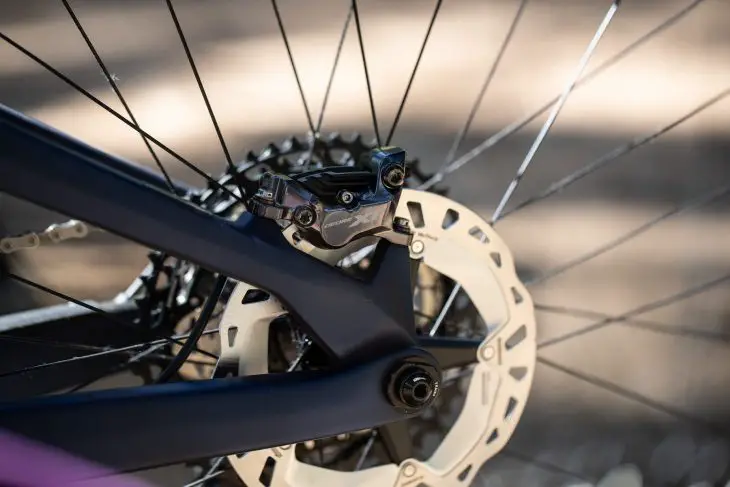
Shimano Deore XT M8100 Hubs & Micro Spline
As part of the full XT groupset, Shimano will be offering complete wheels in both Race and Enduro variants. Unfortunately due to Spanish customs though, there were no complete wheels at the launch. Instead, our test bikes had custom carbon wheels built around the new XT hubs.
Inside the rear hub is essentially the same helically-driven ratchet mechanism featured in the XTR Scylence hub, except it’s sort-of-not-quite silent. I’d say it’s one of the quietest freewheeling hubs I’ve ridden though, with a nice lo-fi buzz that kinda sounds like a stealthy cross between a DT Swiss and Chris King hub. Pickup is quick, with a suitably fast 7° engagement.
With our test bikes featuring prototype hubs, I found the buzzing sound on my bike was somewhat inconsistent. When freewheeling at speed, the buzz would occasionally stutter like an old lawnmower on start-up. Mind you, I couldn’t really hear this on the trail – only when spinning the rear wheel in the workstand.
This is apparently due to the way the helical drive disconnects from the drive ratchet. In some cases it can disconnect completely, which creates a brief moment of silence (or Scylence). It had no effect on function though, since as soon as you step on the pedals, the helical drive pulls the drive ring down and locks the two ratchets together. According to the Shimano technicians, this issue will be rectified with production models.
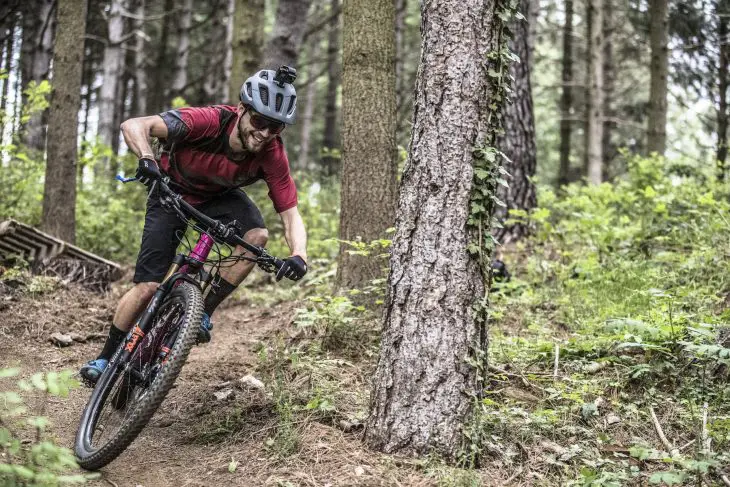
First Impressions
Overall, I was really impressed with just how close the performance of the new Shimano Deore XT M8100 groupset is to XTR. The shifting is fast, positive and in my limited experience, reliable. There is usable cockpit adjustability via the I-SPEC EV mount, and the new brake levers offer improved modulation and control over XT disc brakes. Given the minor weight increase with the 4-piston callipers, I reckon that’s the option to go for, though maybe with the non-finned pads.
All eyes will be on Shimano to see if it can hit its delivery dates with the new XT groupset, and time will also tell as to the longterm durability of the components. But the finish is very clearly top-notch, and if you’re not too fussed on grams, I would find it incredibly hard to justify the additional cost of XTR over XT.
For more information on the new Shimano Deore XT M8100 groupset, head to the Shimano website.
Disclaimer
Wil’s flights and accommodation for the XT/SLX launch were covered by Shimano.
Premier member gallery extra
Review Info
| Brand: | Shimano |
| Product: | Deore XT M8100 Groupset |
| From: | bike.shimano.com |
| Price: | 1x12 drivetrain from £535, Race brakes from £129 per end, Enduro brakes from £169 per end |
| Tested: | by Wil Barrett for 3 days |
Comments (1)
Leave Reply
Post Comment
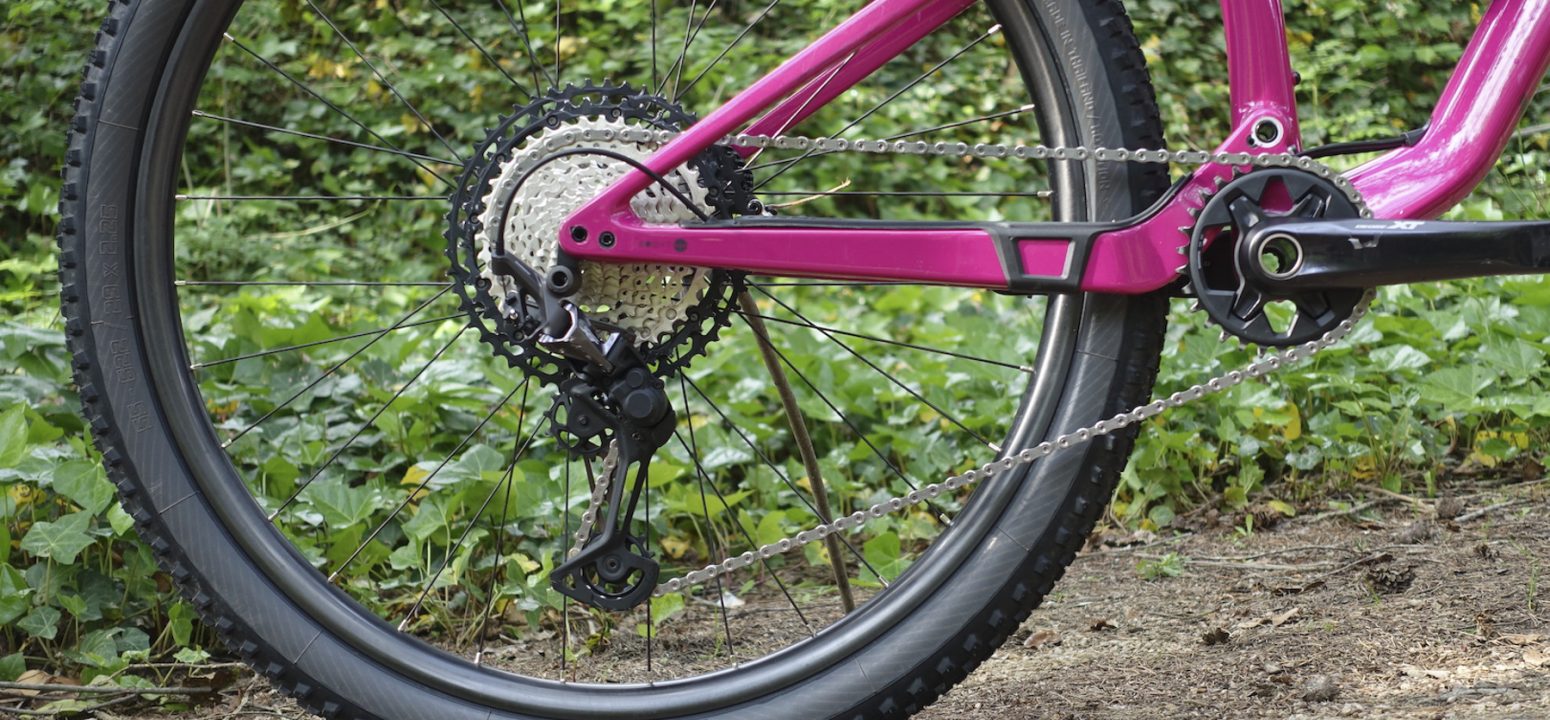
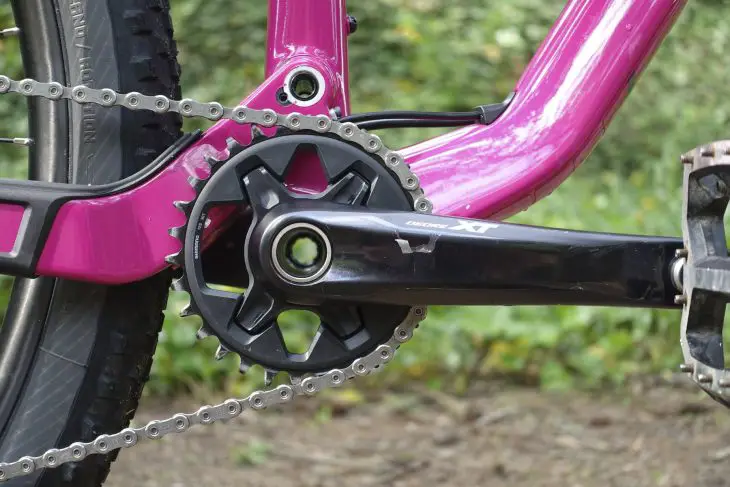
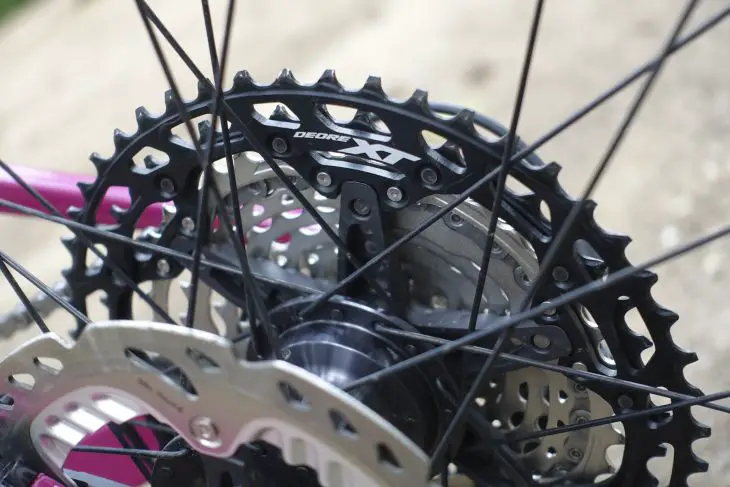
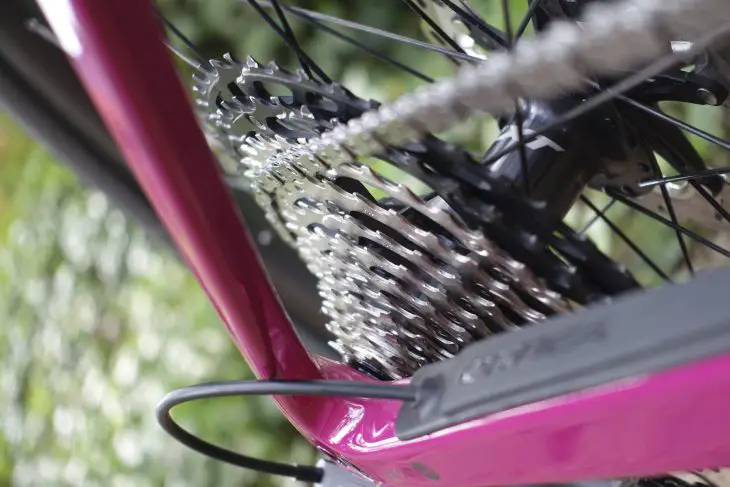
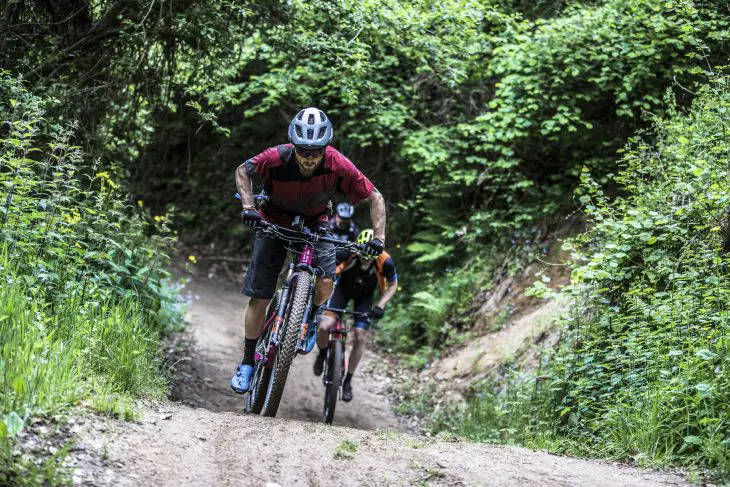
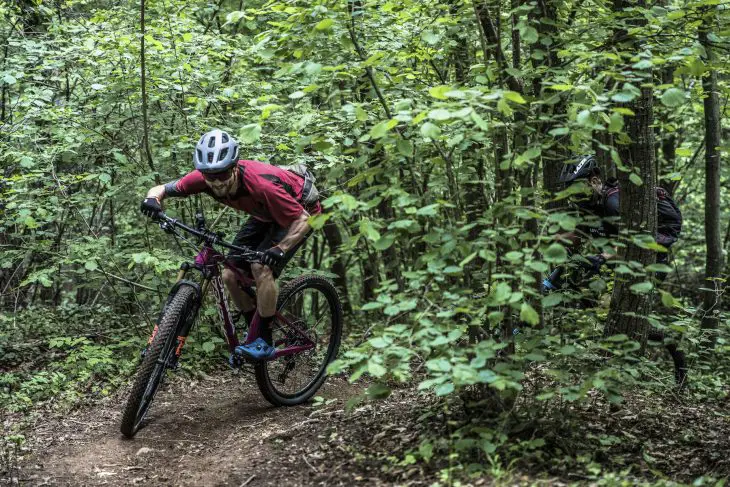
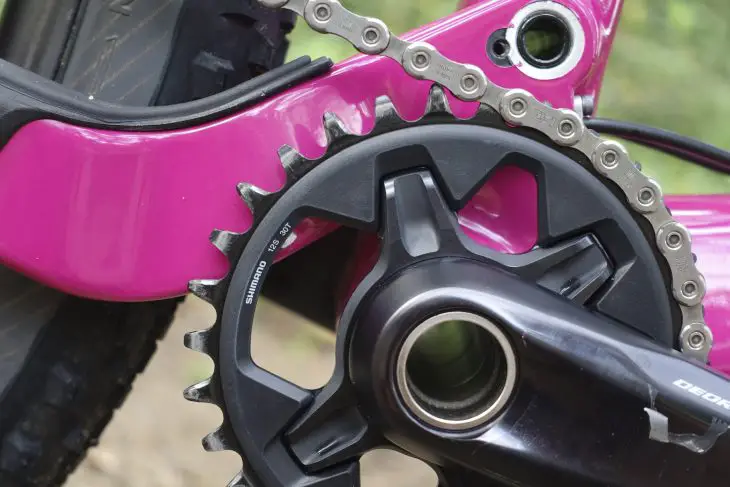
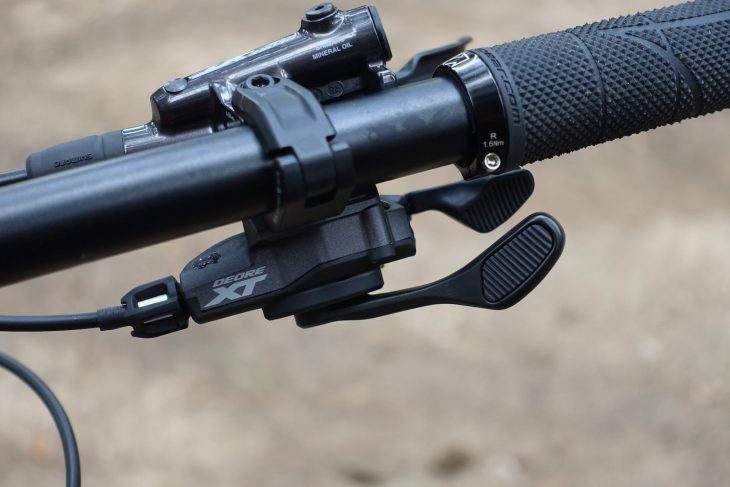
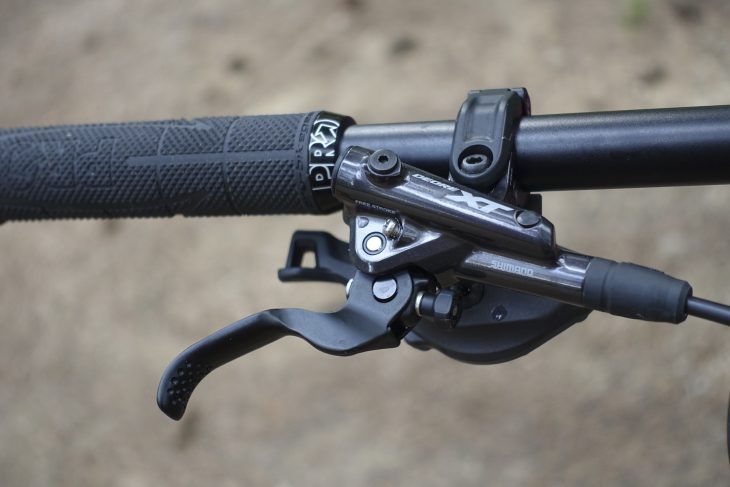
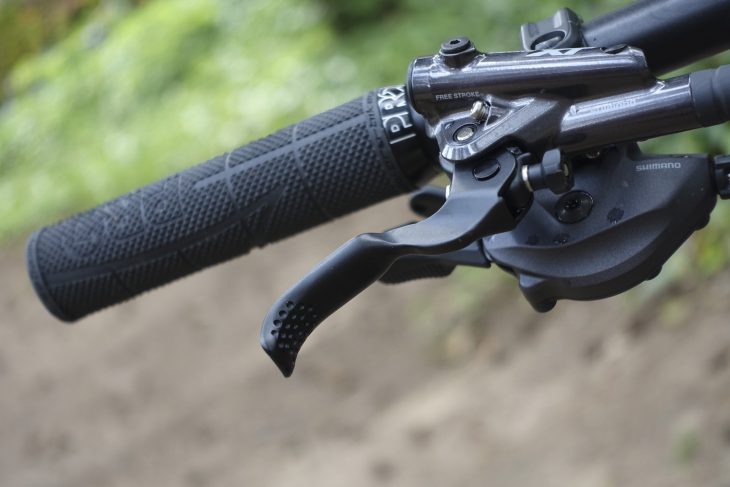
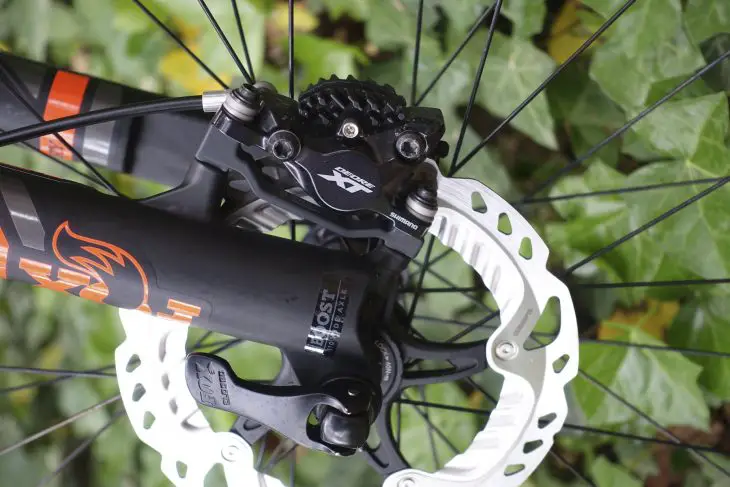
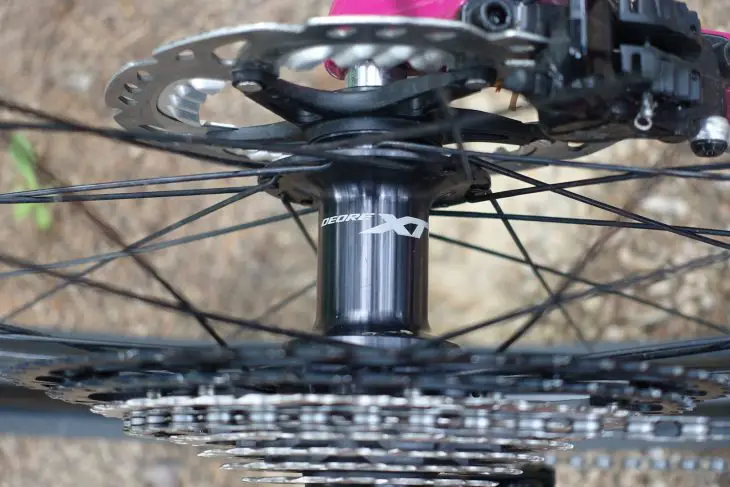
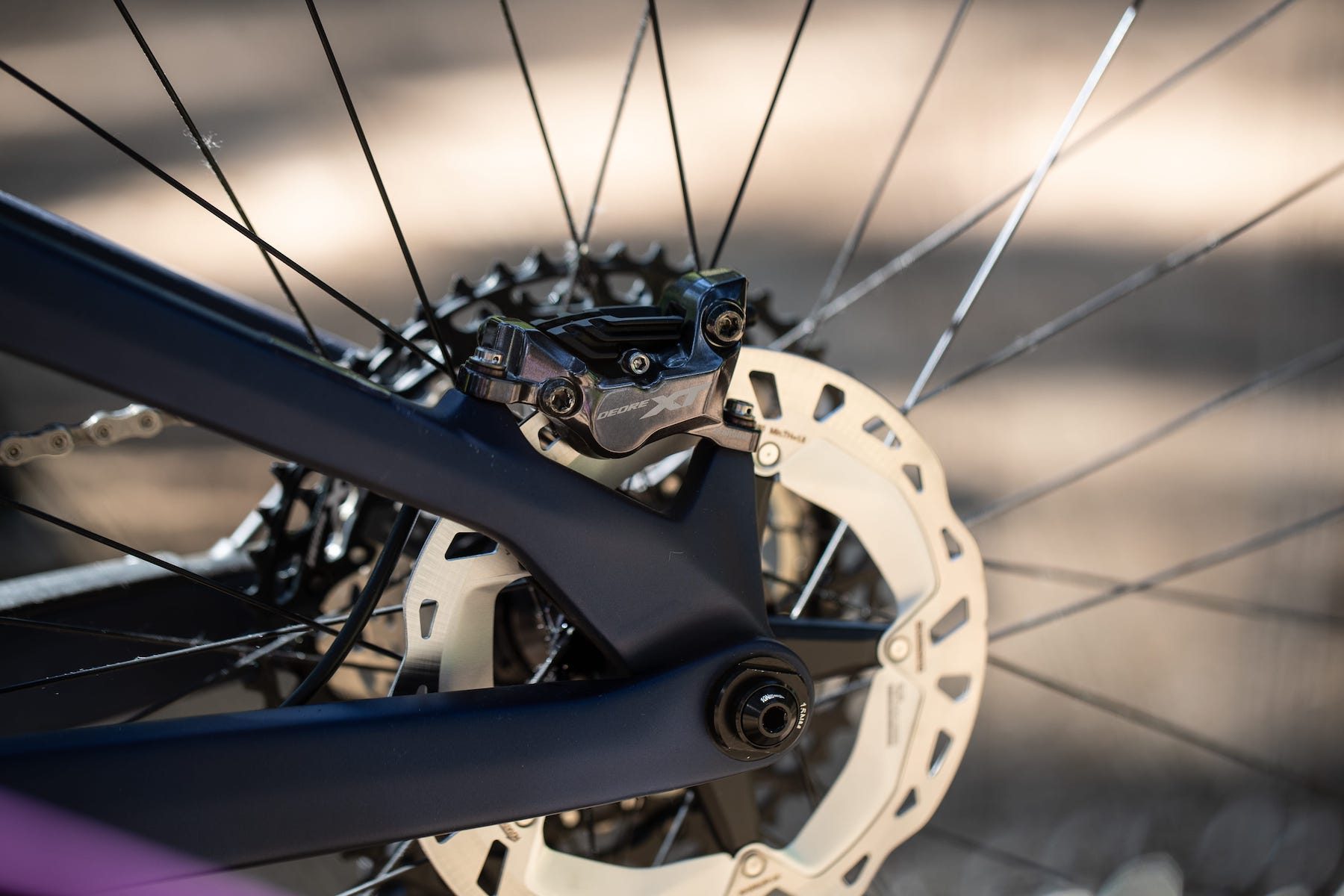

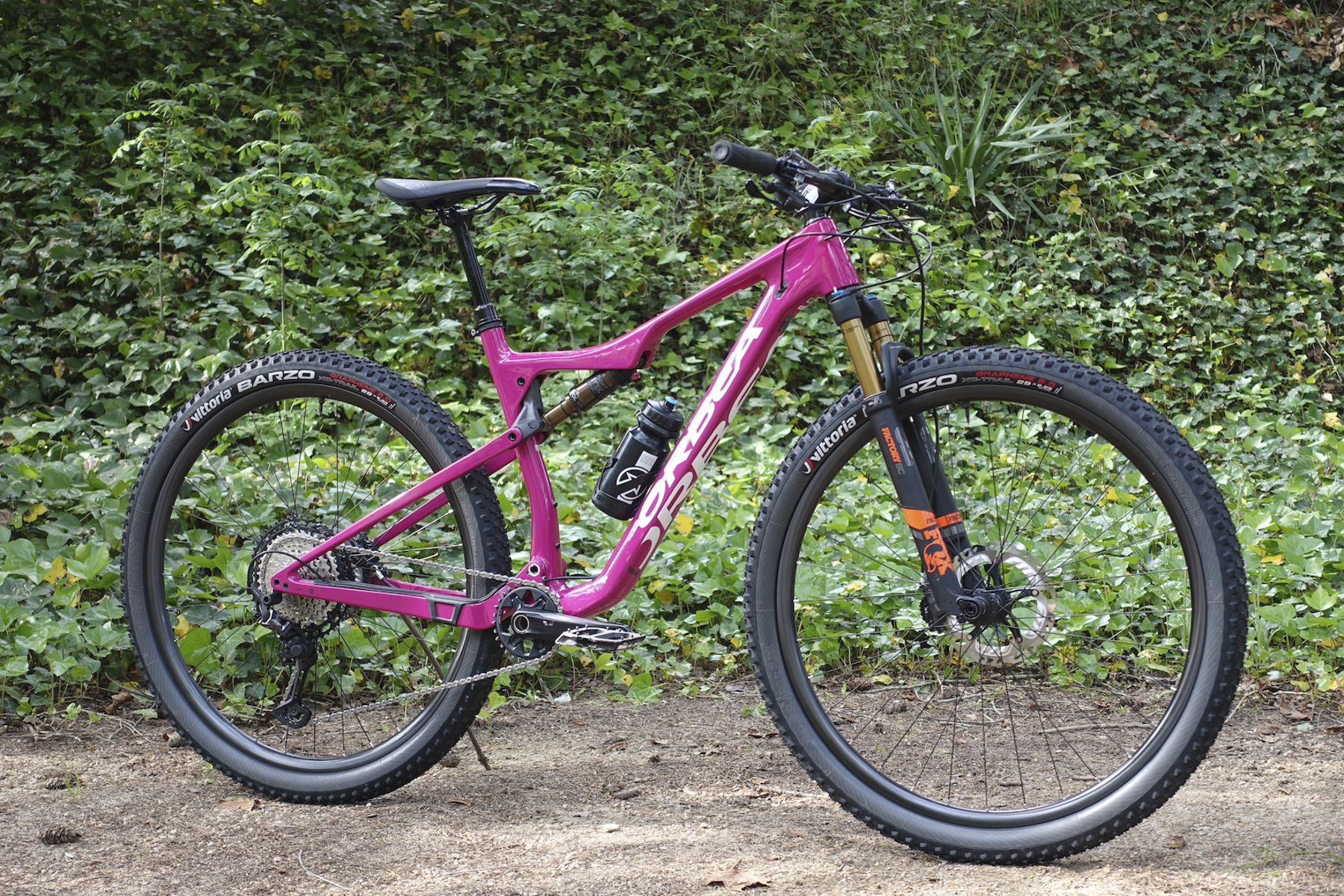
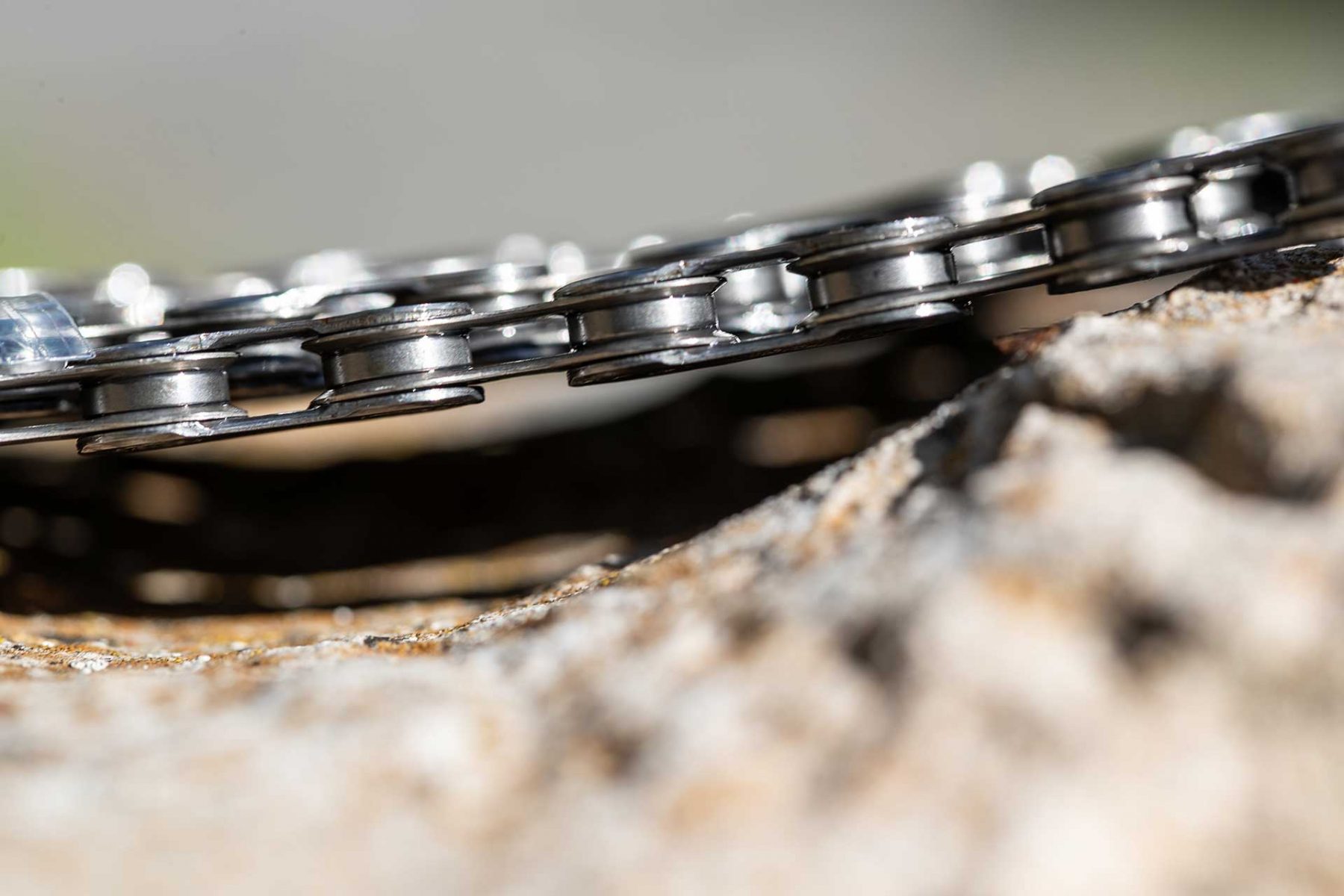
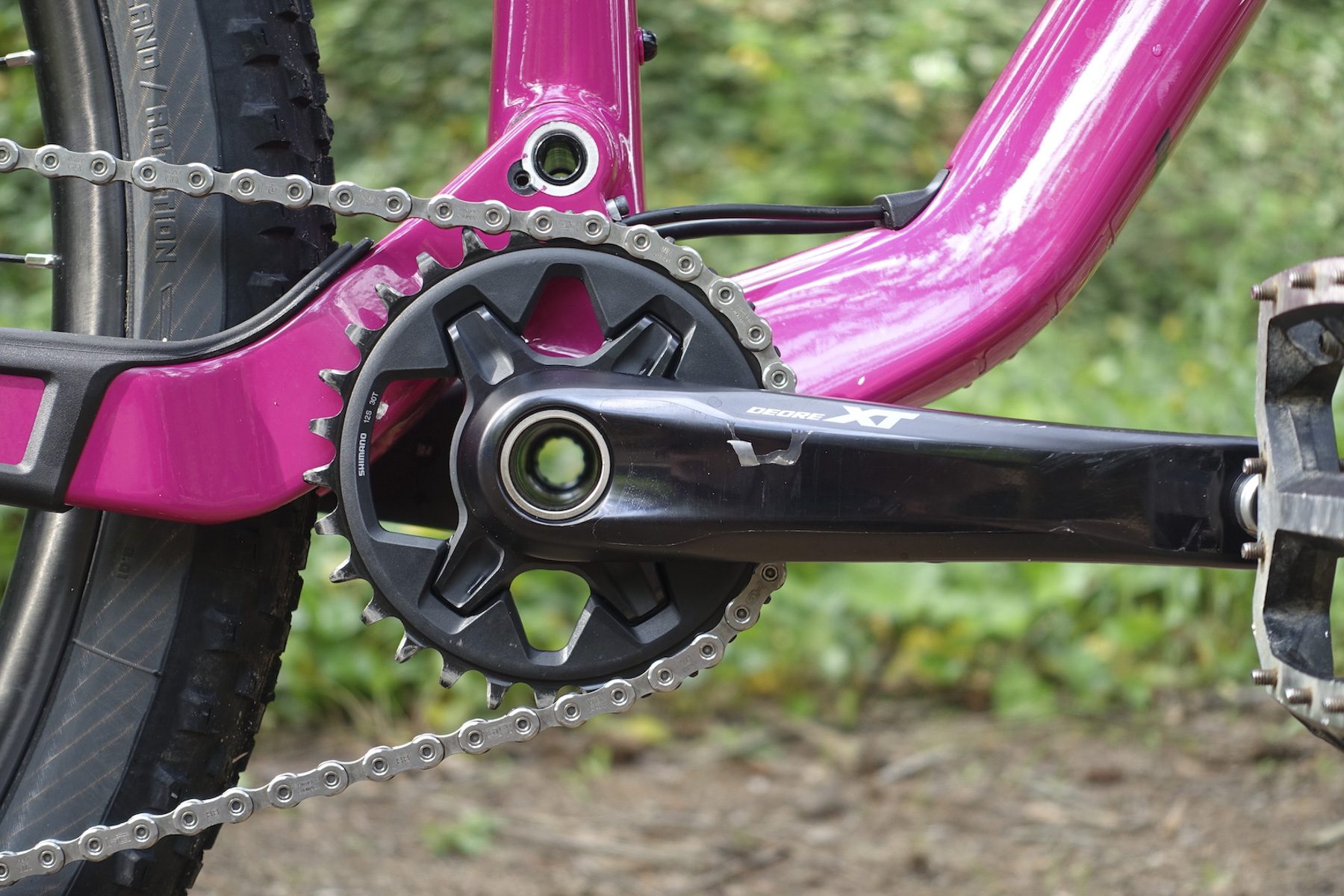
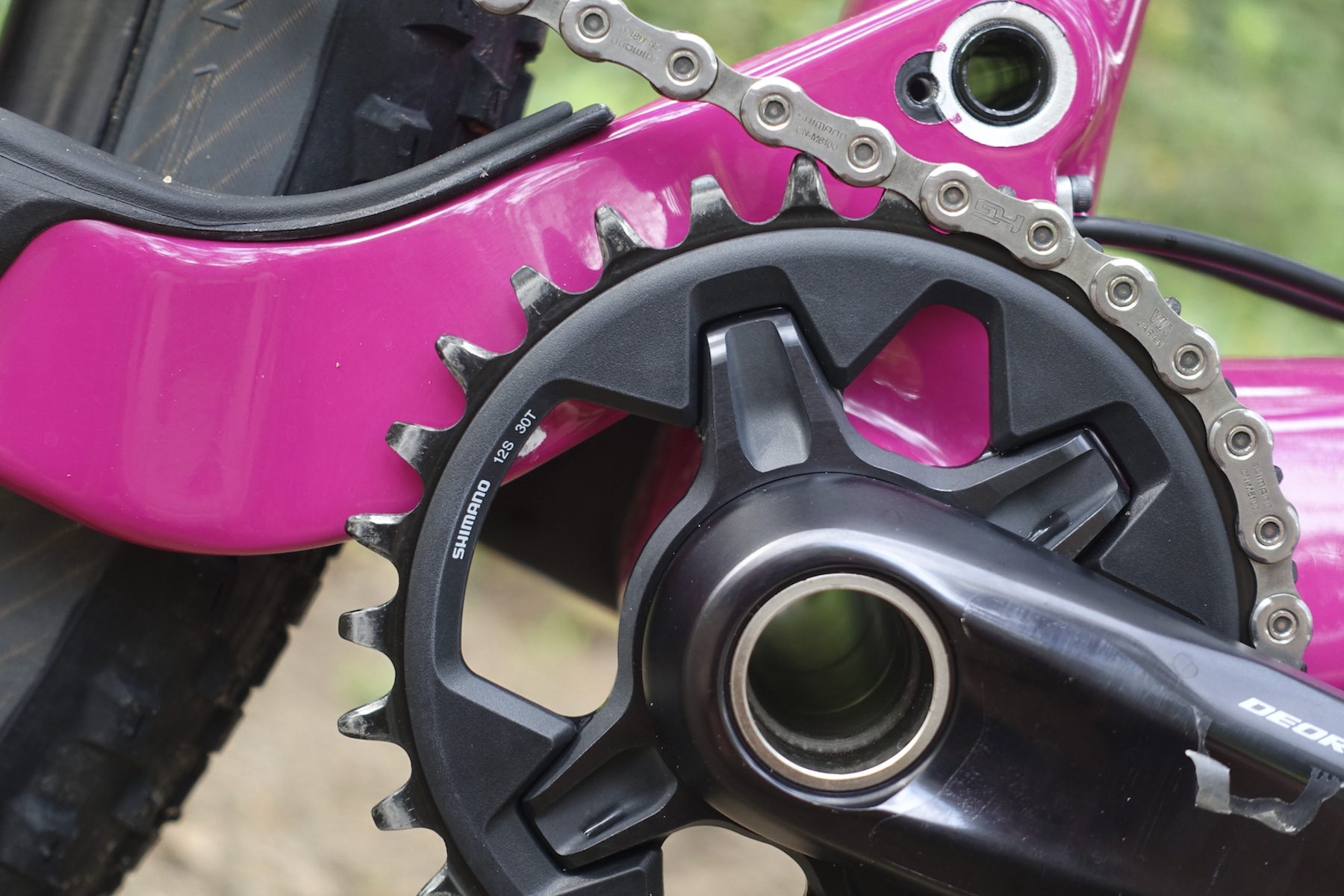
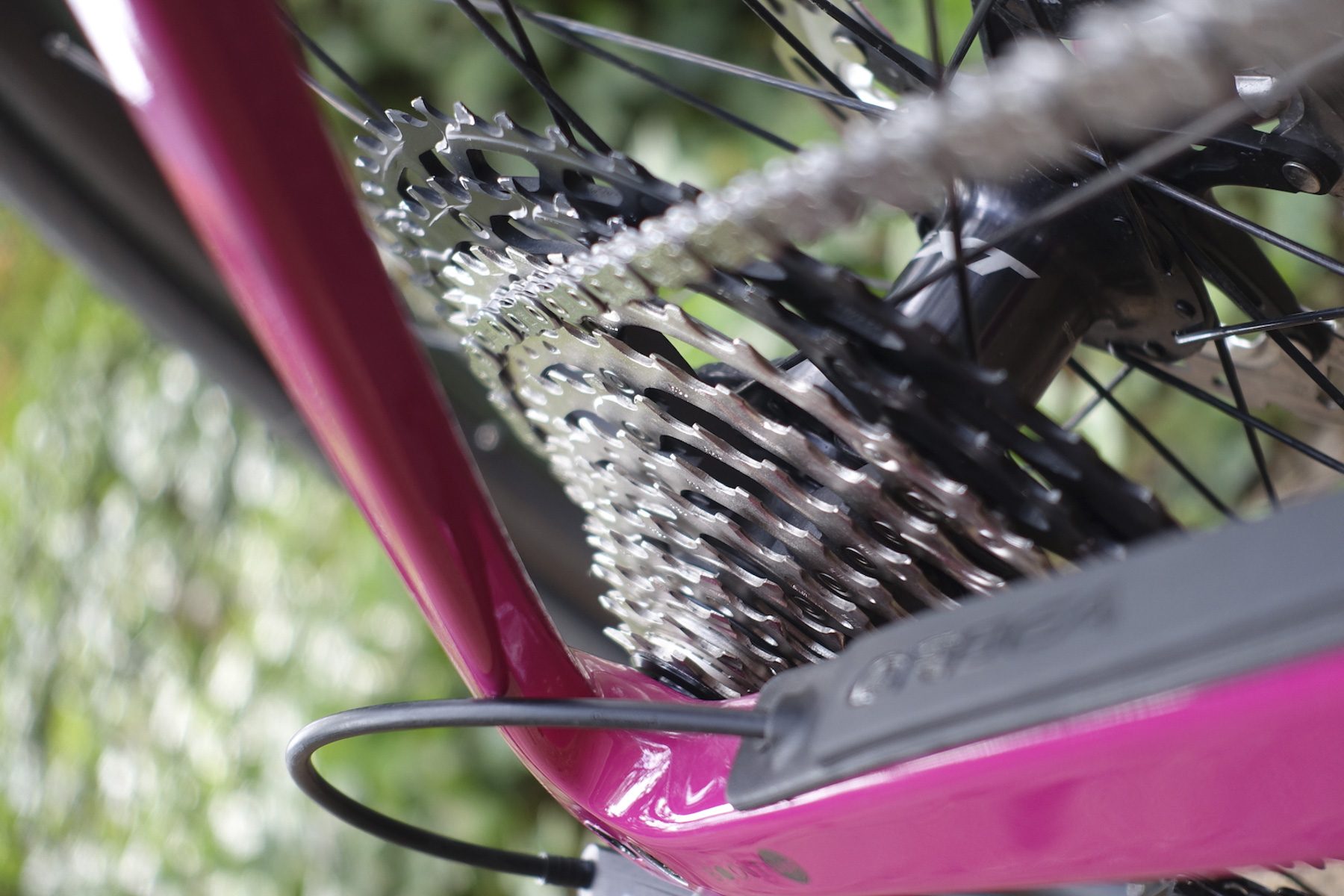
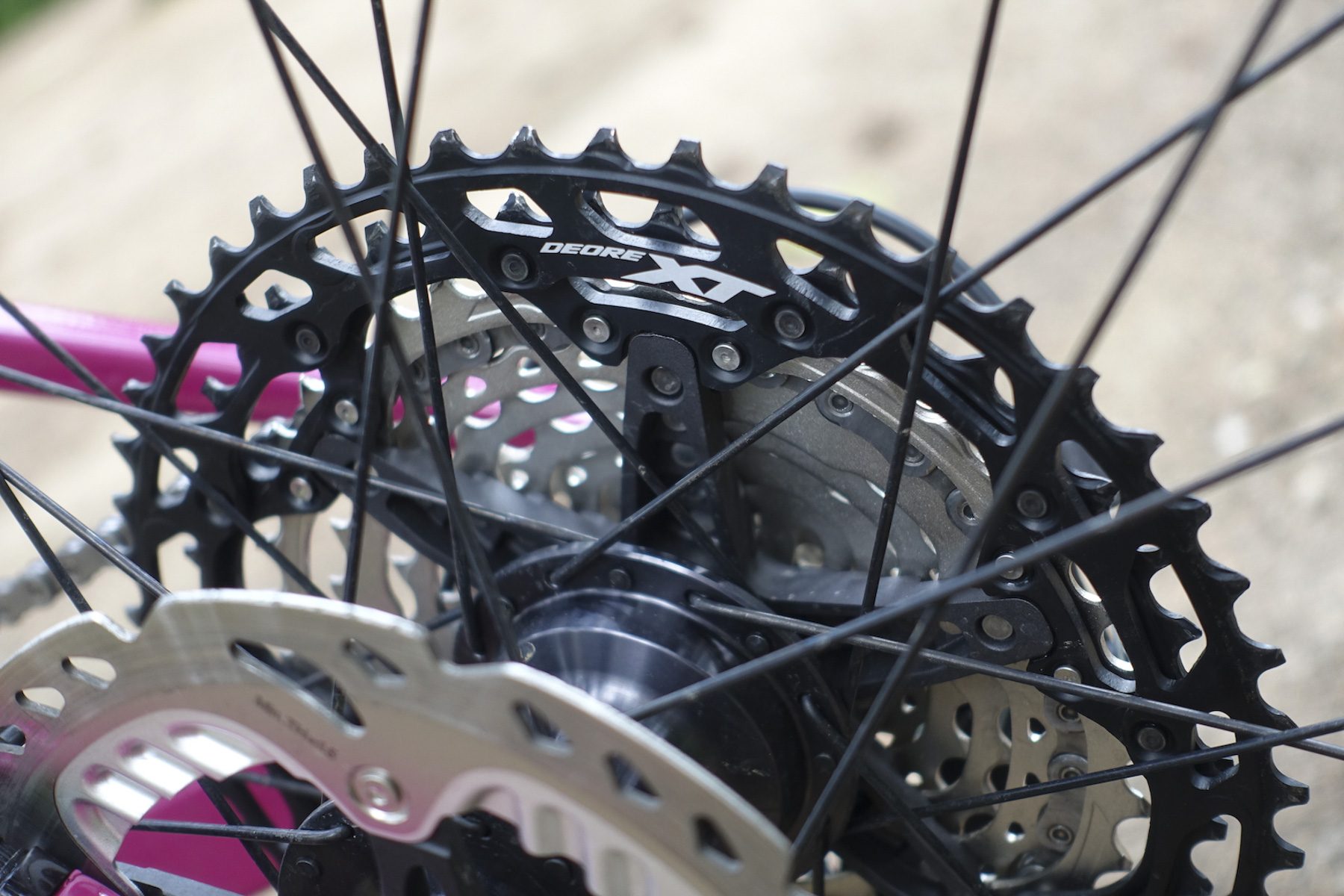
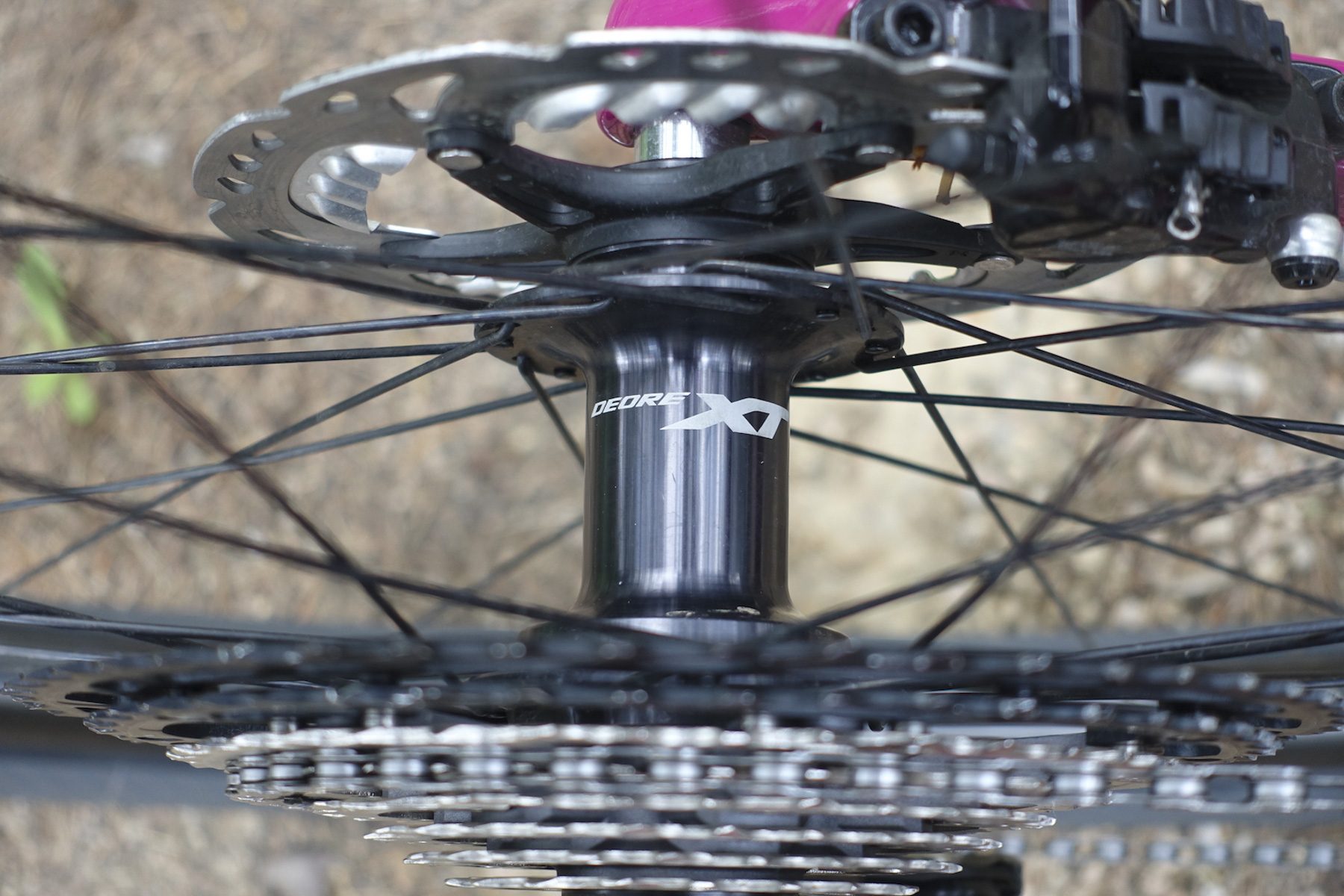
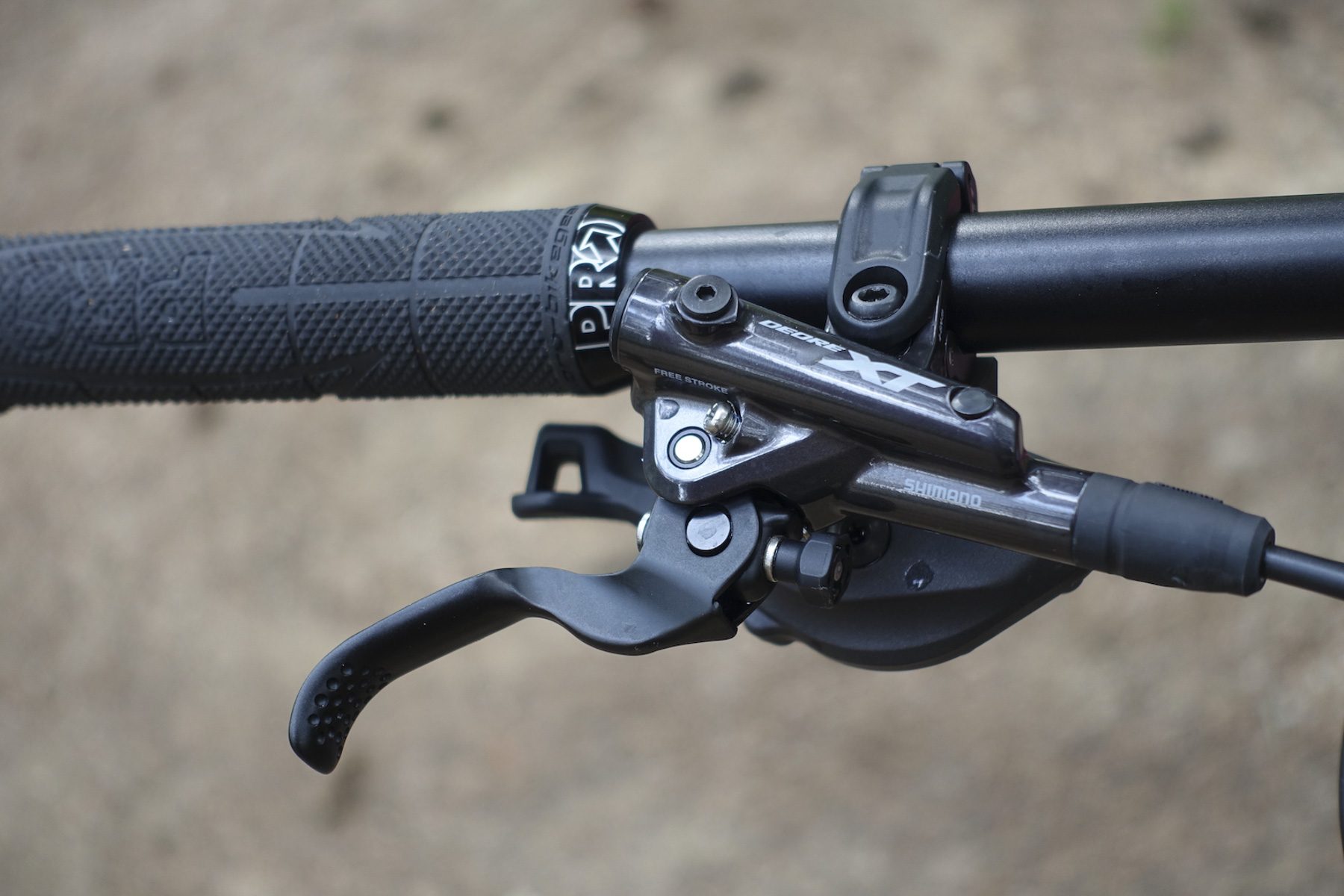
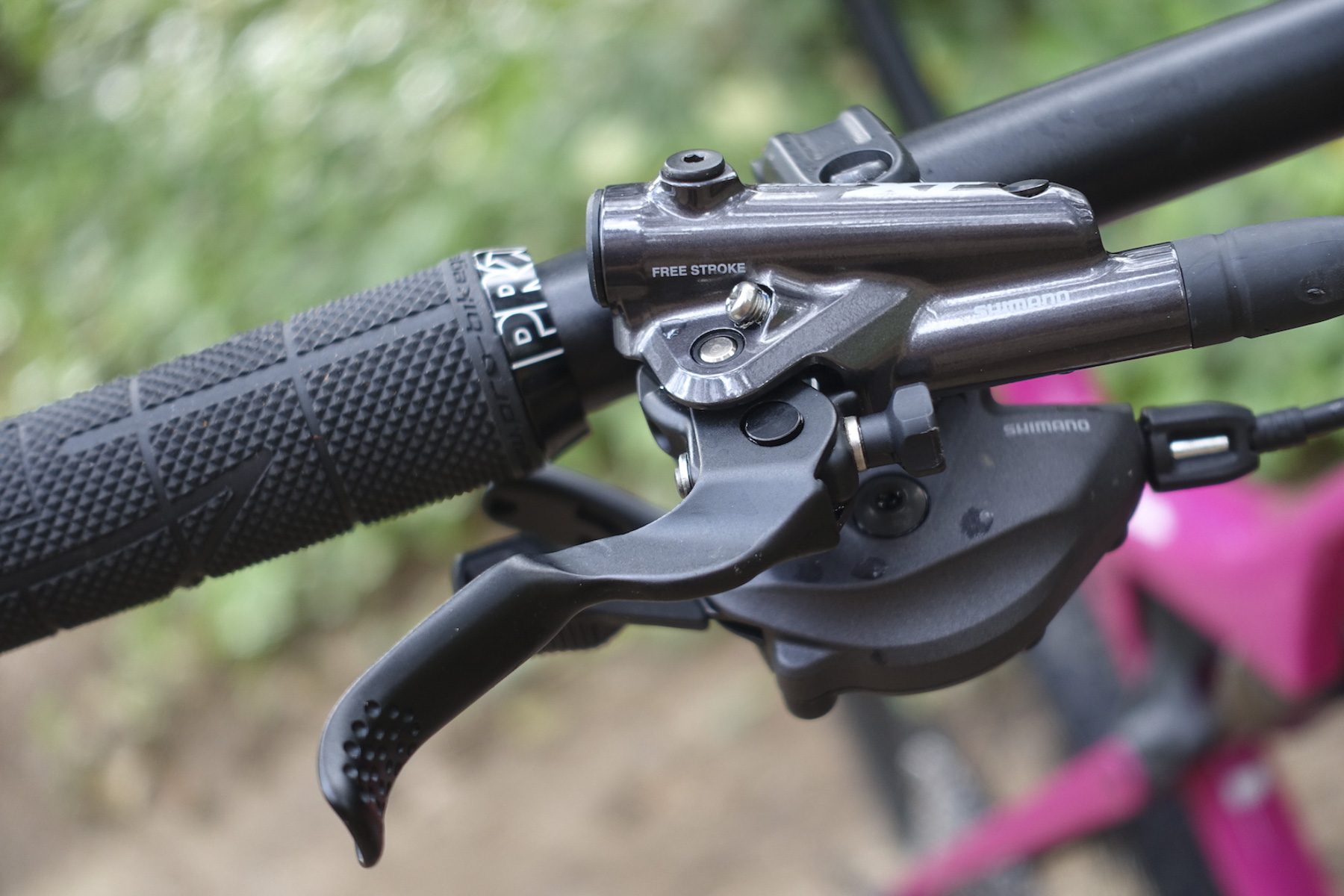
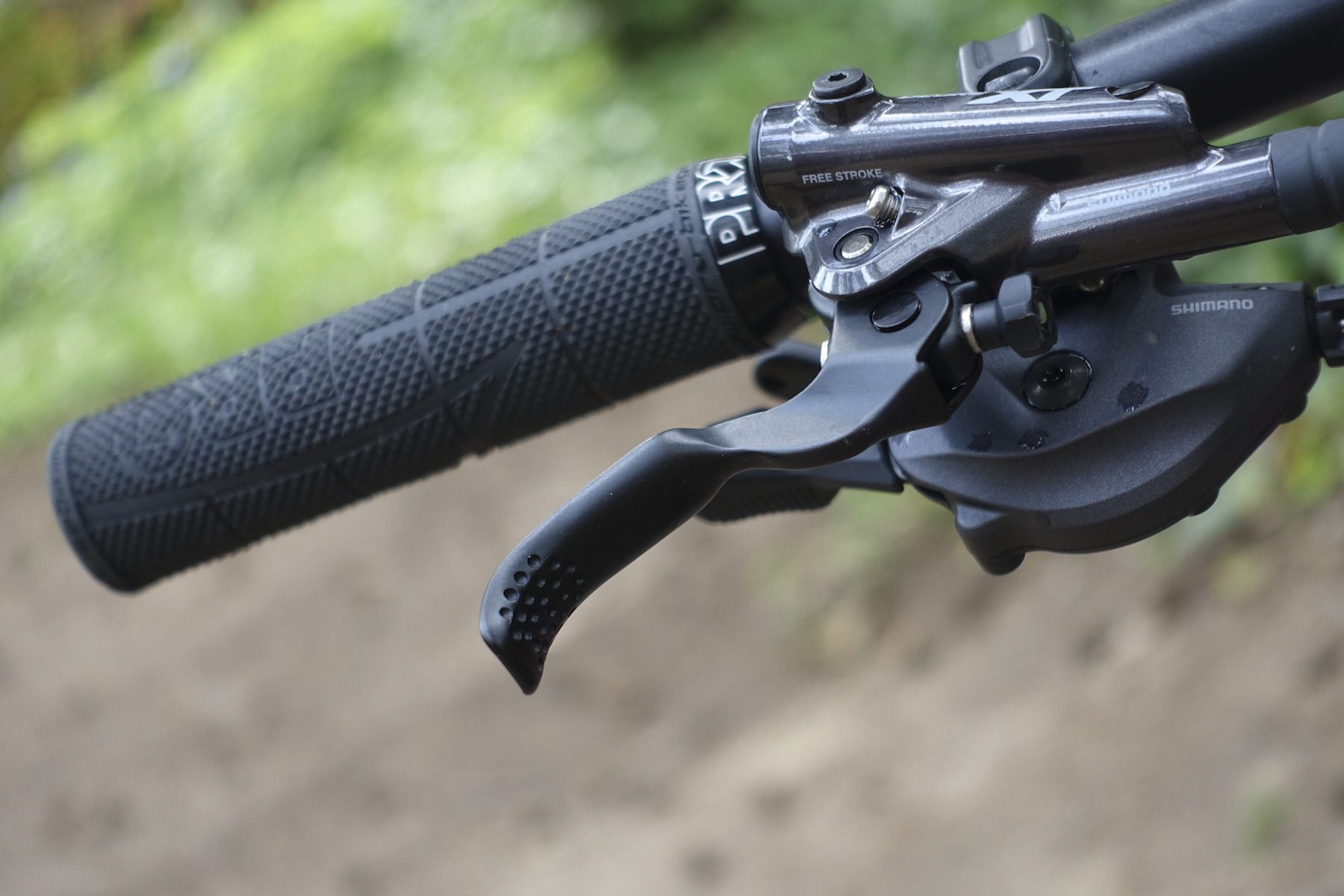
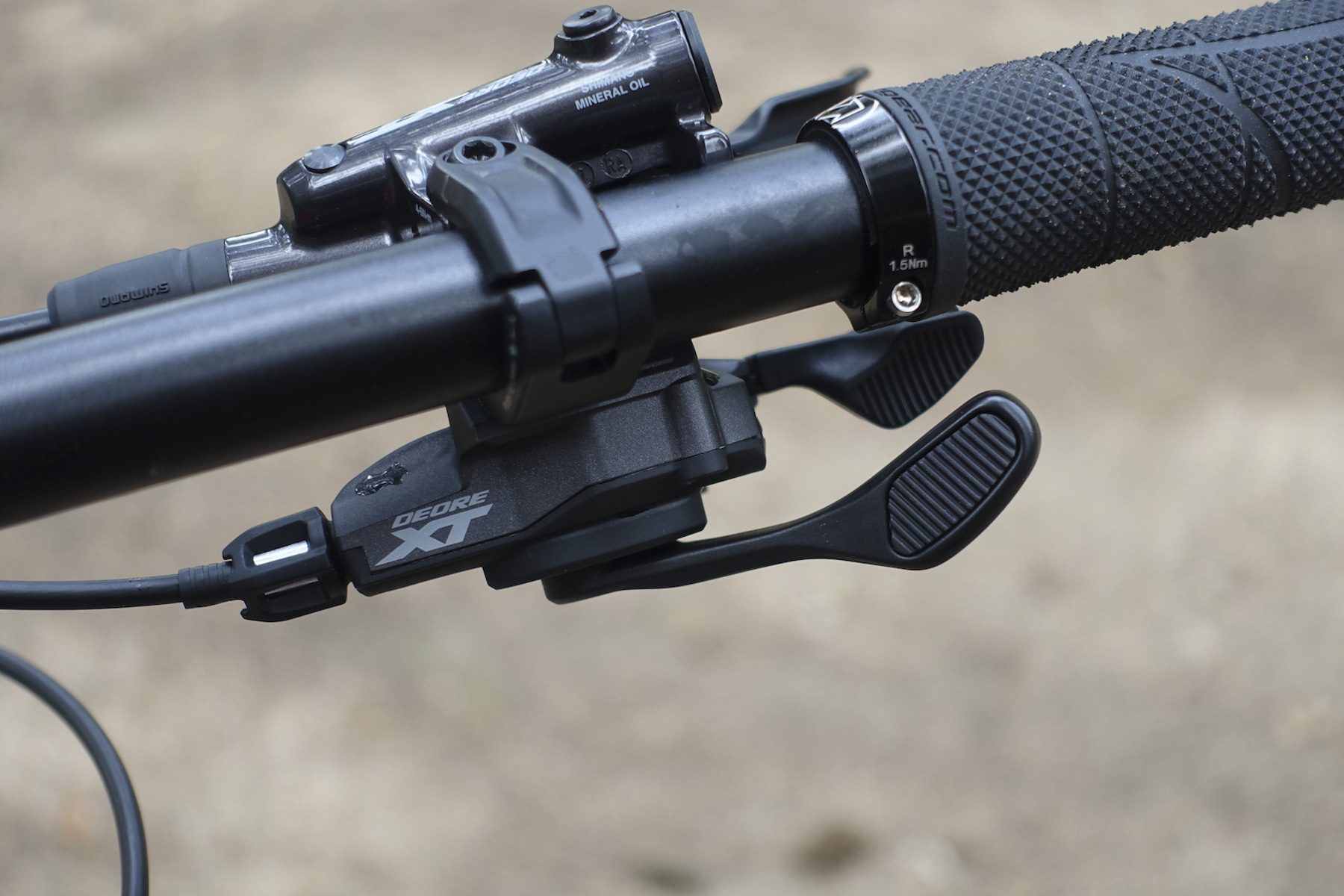
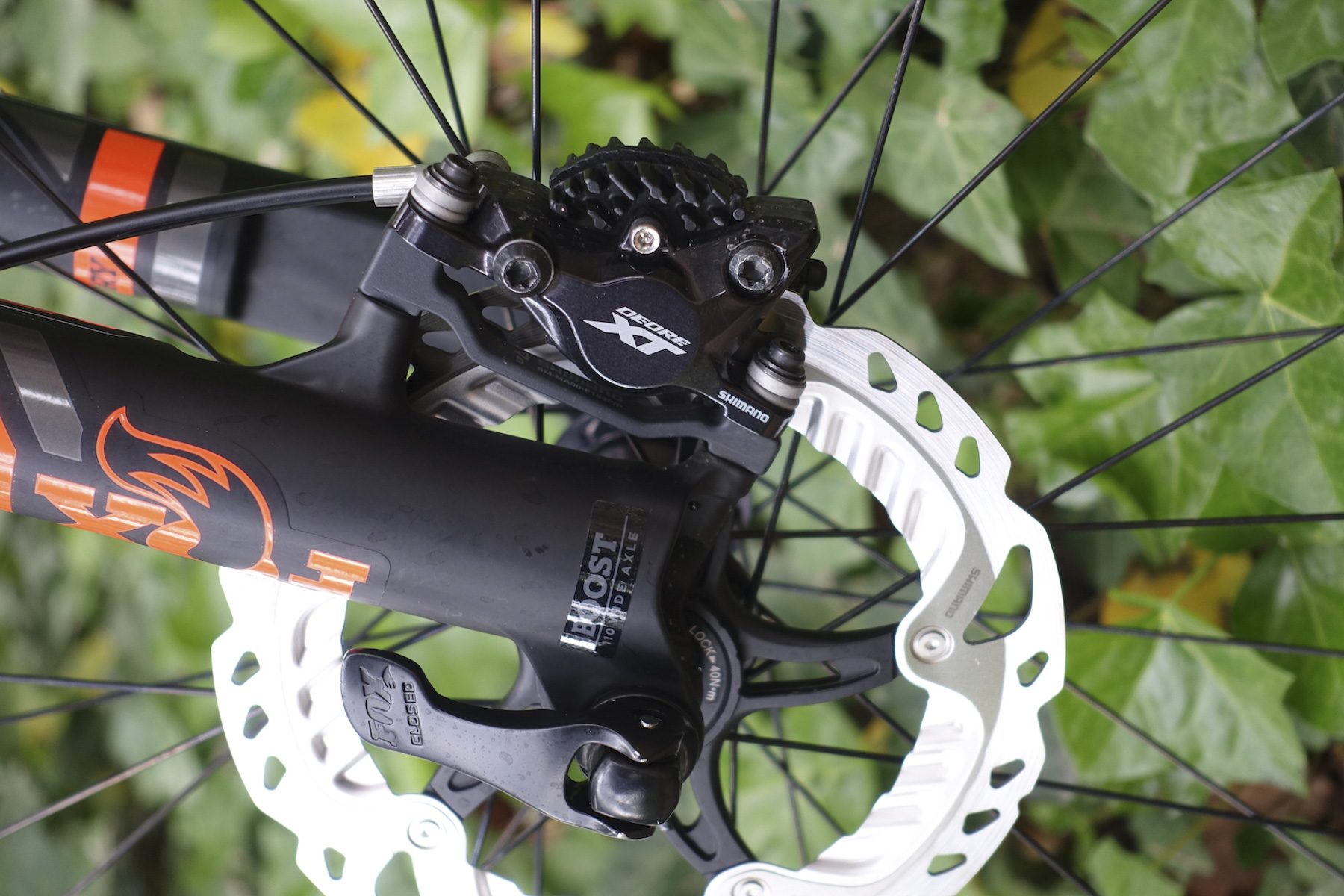
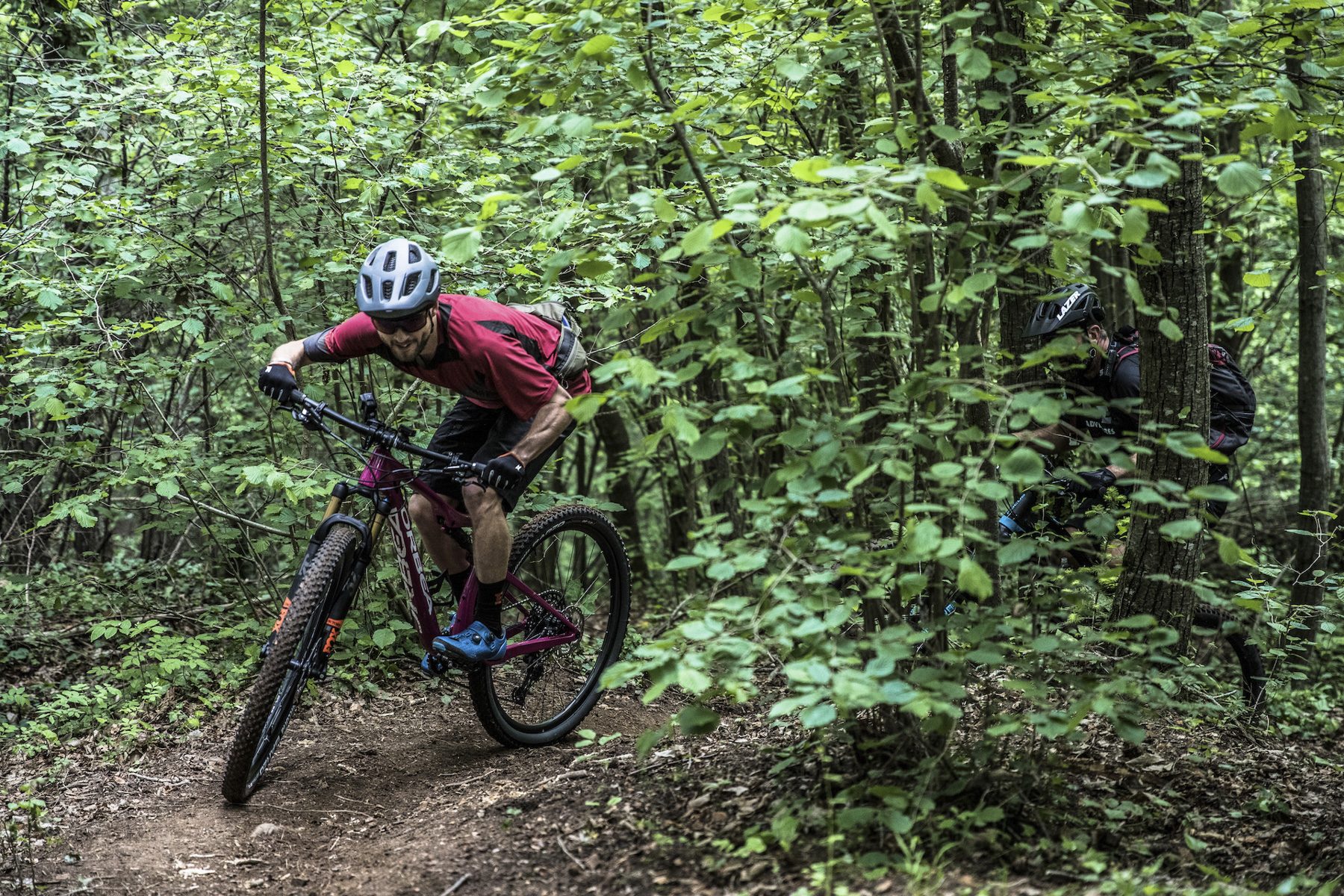
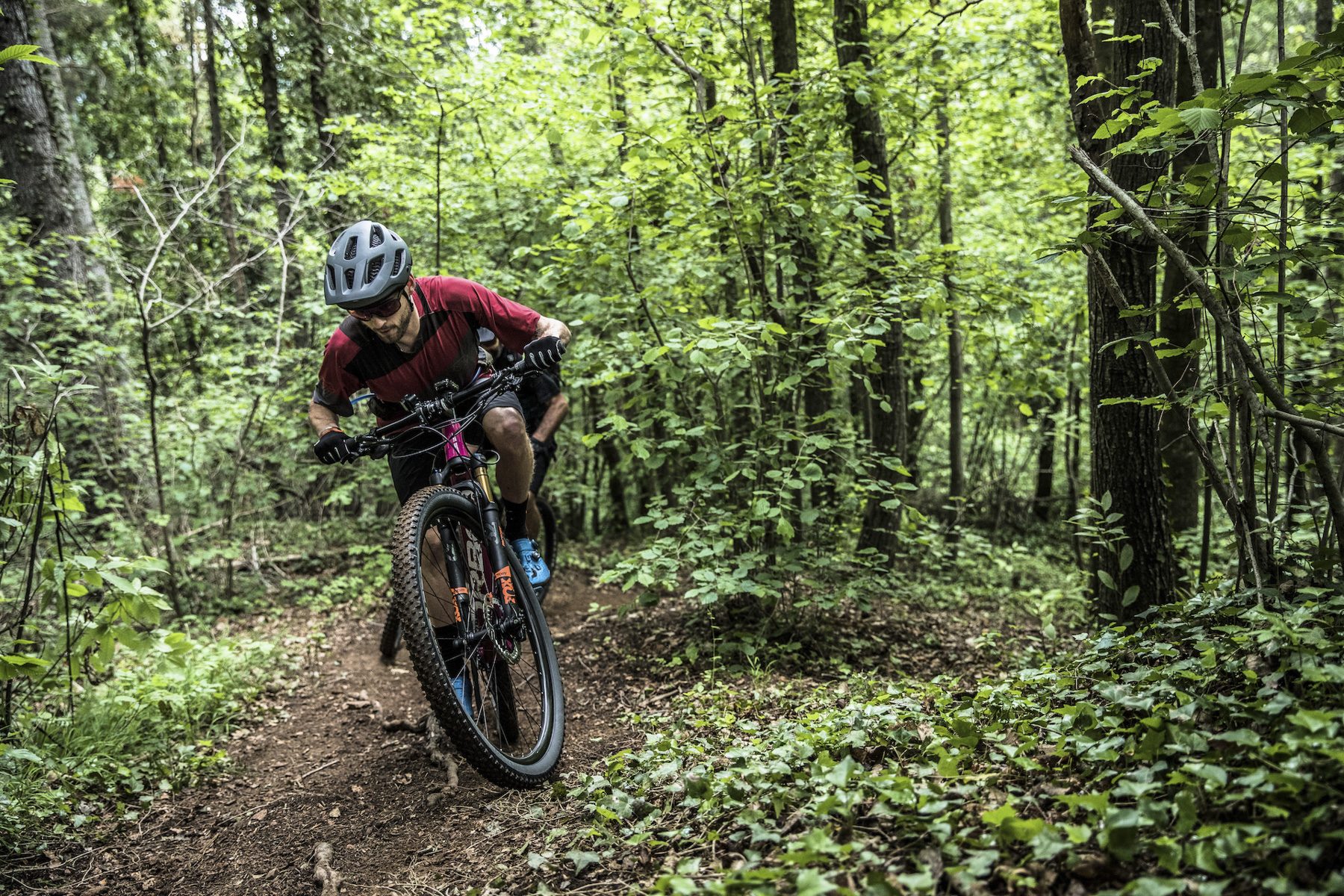
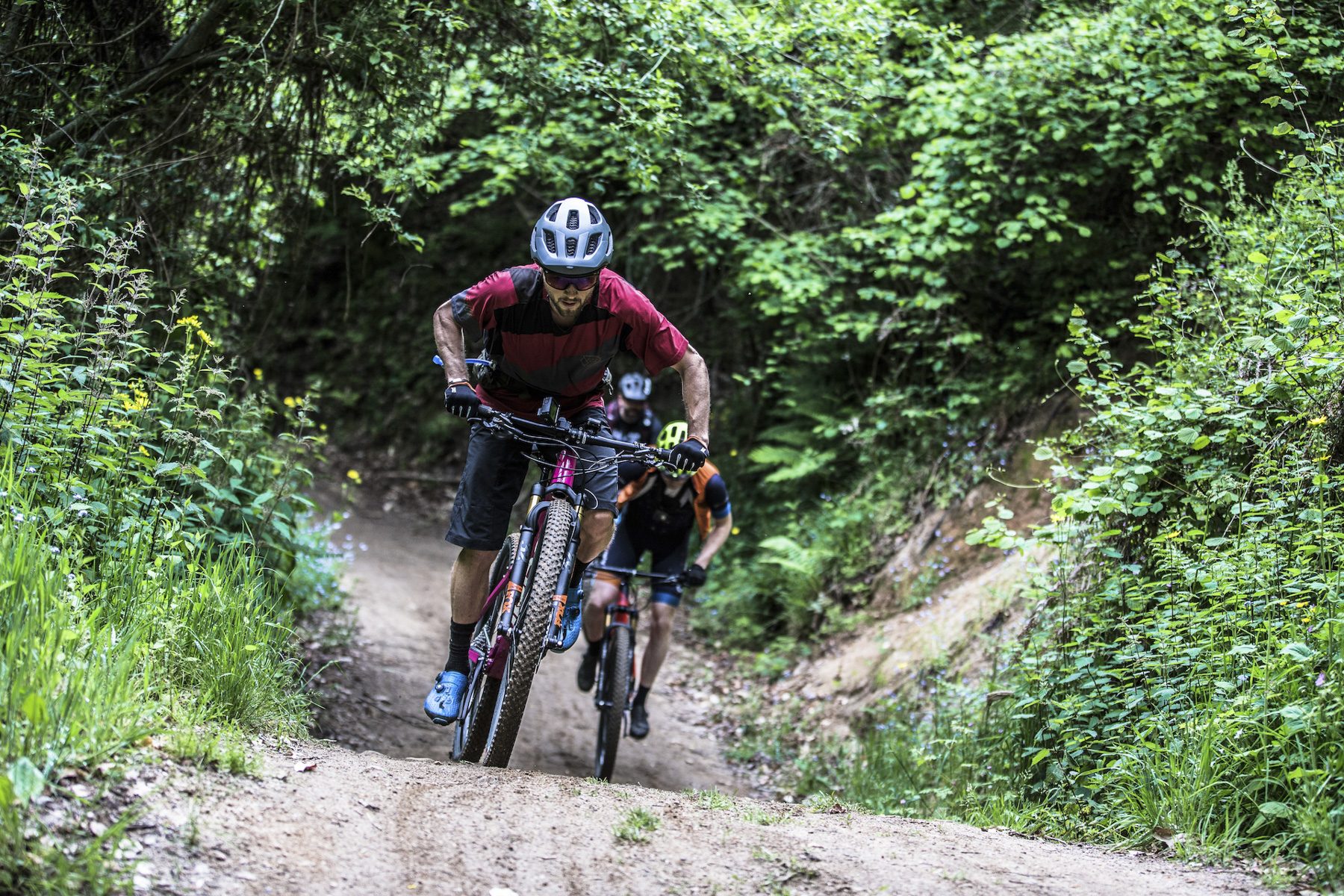
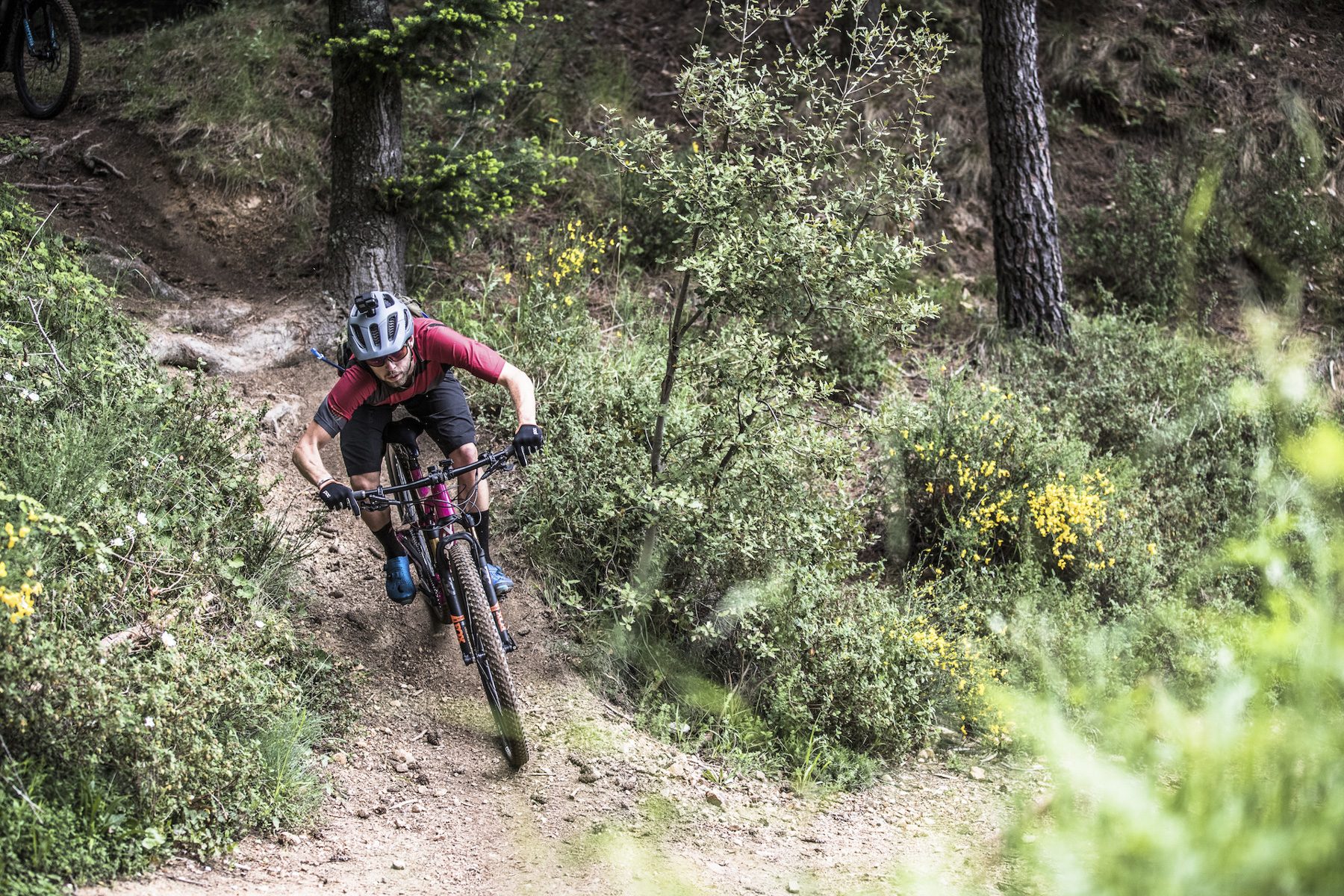
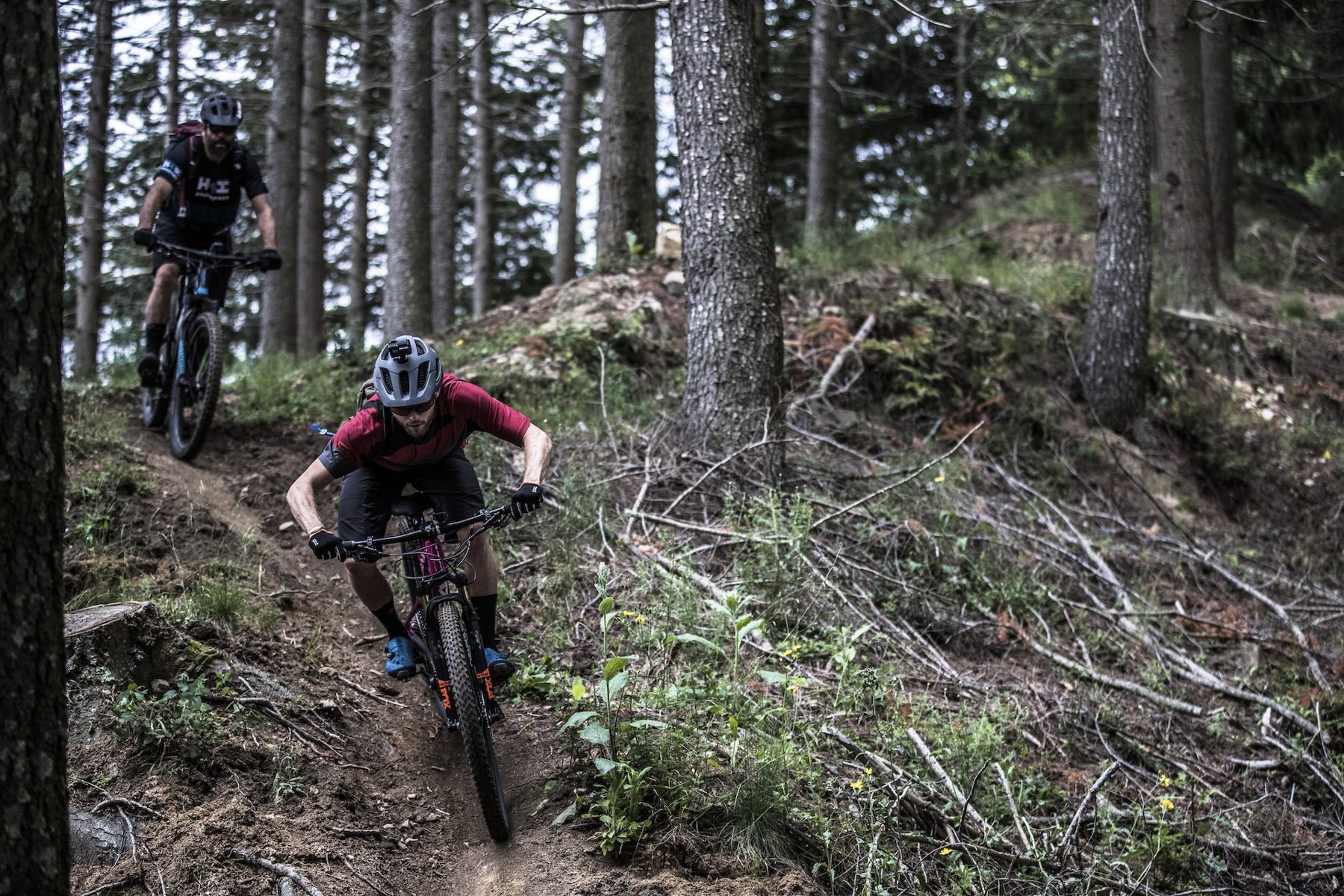
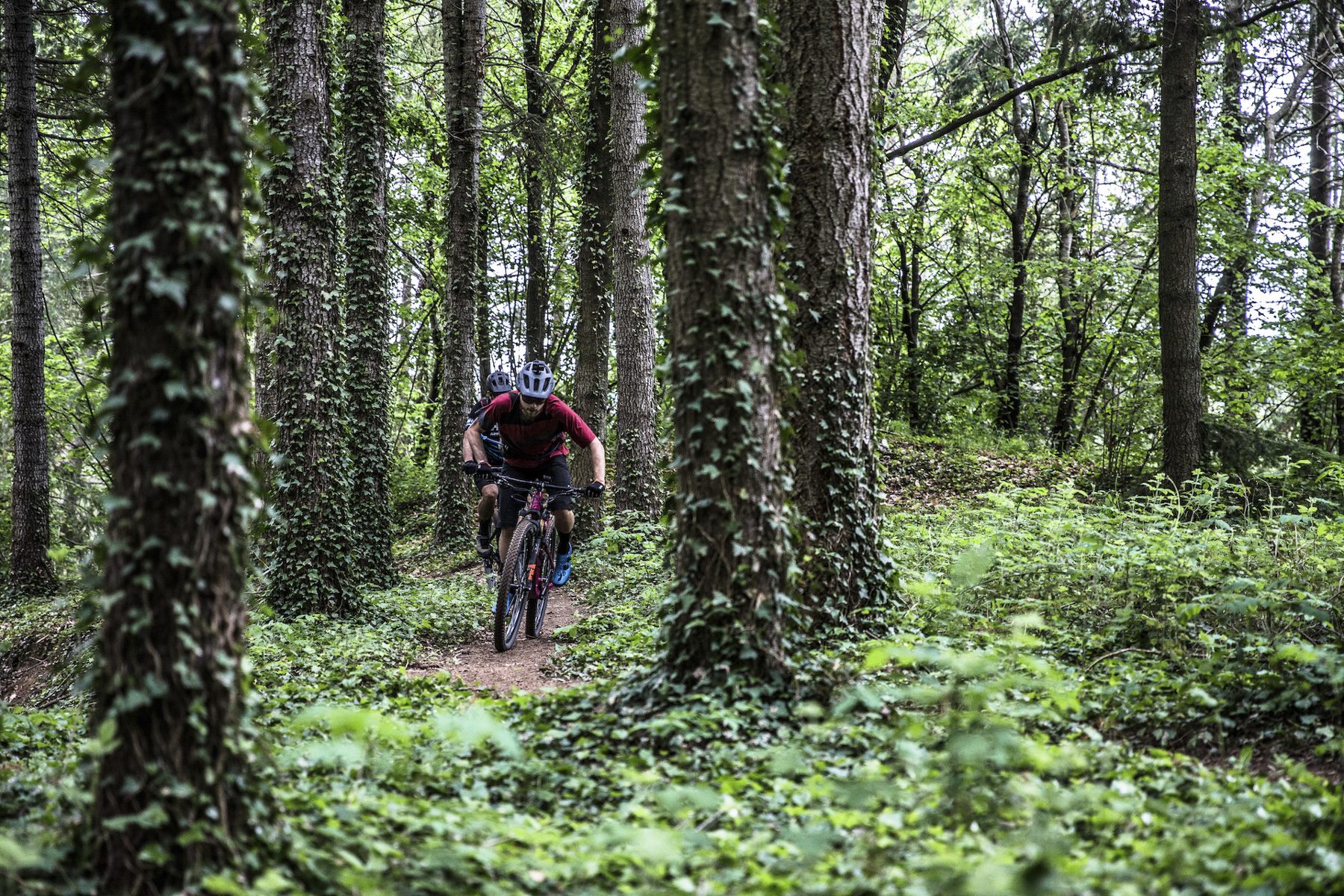
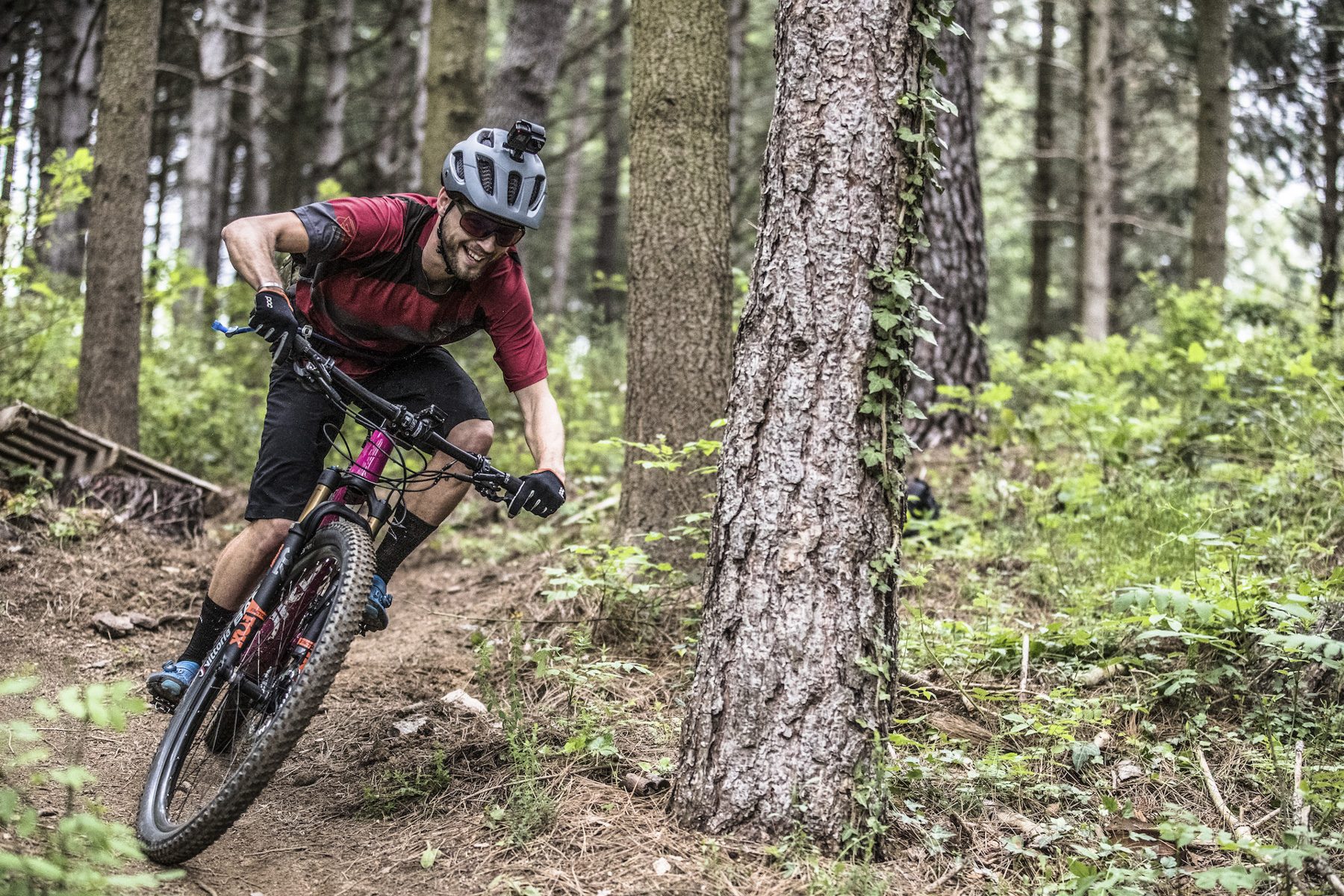
Whats the deal on chainline? There’s a 52mm chainline (non-Boost & Boost), 55mm (Boost), 56.5mm (Super Boost Plus).
A boost 55mm ? Surely the chainline would be out on a boost rear which would be 49 to 52? I confess that after 30 years mtbing this 1x chainline saga has got to be the biggest standard cock. ♂️